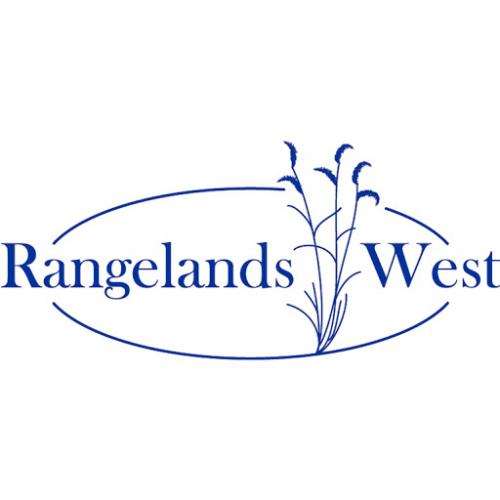There have been numerous efforts within the Forest Service during the last decade to use landscape dynamic simulation models (LDSM's) to analyze Forest Planning issues. Since many Forest Planning issues are related to effects on vegetation structure and composition, these types of vegetation simulation models have been used to analyze effects on wildlife habitat, estimate the historic range of variability in vegetation patterns, the effects of epidemic insect and disease outbreaks over broad landscapes and to evaluate alternatives for reducing hazardous fuels. Some of these models include VDDT/TELSA, SIMPPLLE, RMLANDS, FETM, LANDIS and LANDSUM. In general, these are strategic models, rather than tactical, and operate at a fairly high level of abstraction. Increasingly, more Forest Planners and analysts are turning to these types of models than other models used in the past such as Spectrum. This page of the PAG website serves as a place for Forest Planners, analysts and other interested individuals to find the latest discussion papers and meeting proceedings related to Landscape Dynamic Simulation Modeling.

Articles, citations, reports, websites, and multimedia resources focused on rangeland ecology, management, restoration, and other issues on American rangelands.